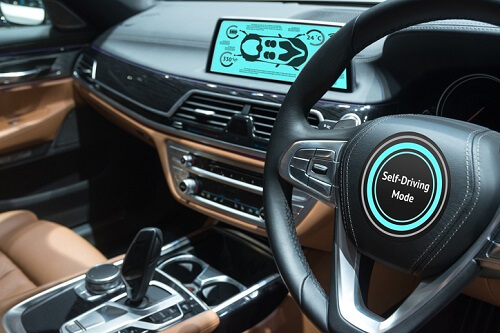With the Automated and Electric Vehicles Bill 2017 currently passing through Parliament, insurers in the UK have set out features and performance criteria in order to meet the Bill’s definition of an automated vehicle.
In August we told you about the Automated Driving Insurer Group’s (ADIG)
“grey areas” warning against the potential dangers of autonomous ambiguity. ADIG is led by the Association of British Insurers (ABI) in collaboration with Thatcham Research, which will assess any car marketed as “automated” or “driverless” against the new criteria.
“Insurers want to see manufacturers being absolutely clear about how they describe what their vehicles can do – and we think this checklist of ten things which define a truly automated vehicle should be adopted across the industry to help give clarity to consumers,” said Ben Howarth, senior policy adviser for motor and liability at ABI.
The criteria include a clear “offer and confirm” process for the transfer of driving control; safeguards stepping in, in the event of a system failure; as well as adequate and appropriate notice if the vehicle needs to unexpectedly hand back driving control.
In addition, Howarth stated: “We recommend that this is also criteria that Government and vehicle manufacturers could use to define what is and isn’t safe use of an automated car.”
Meanwhile Matthew Avery, director of research at Thatcham Research, noted that the insurance industry welcomes the UK government’s commitment in the Bill to create a list of automated vehicles. “It is crucial, therefore, that that there is a clear definition of what constitutes an automated vehicle,” he said.
Avery continued: “Regulators and insurers require this to classify and insure vehicles appropriately, while consumers need to understand the functionality and capability of the vehicle and their own responsibilities.”
“We will therefore assess new vehicles against these criteria to determine if a car is assisted or automated and to drive standards in automated performance,” he added. “This will require a constant dialogue with carmakers as the technology develops.”
The Automated and Electric Vehicles Bill aims to set the regulatory framework to enable what is described as “the next wave” of transport technology to be invented, designed, made, and used in the UK.
Related stories:
Will driverless cars mean more expensive premiums?
AXA urges government to clarify rules for driverless cars, cyber security


